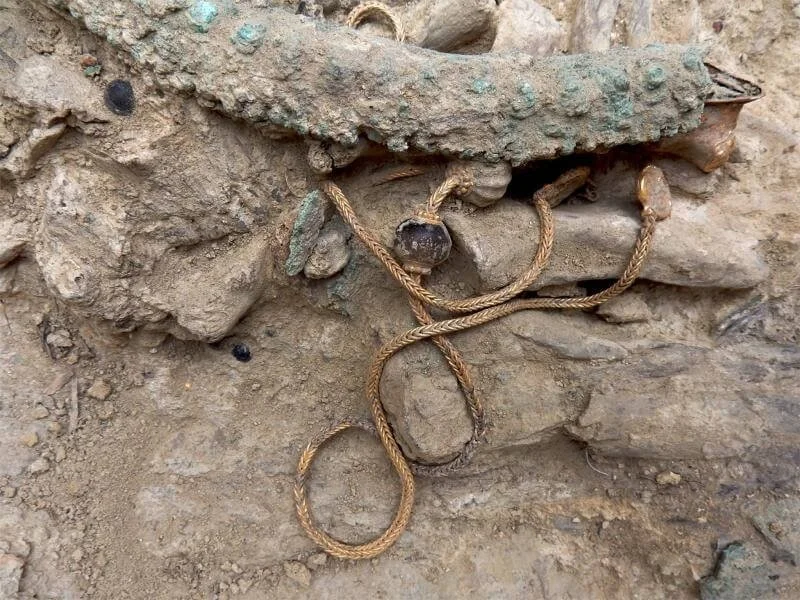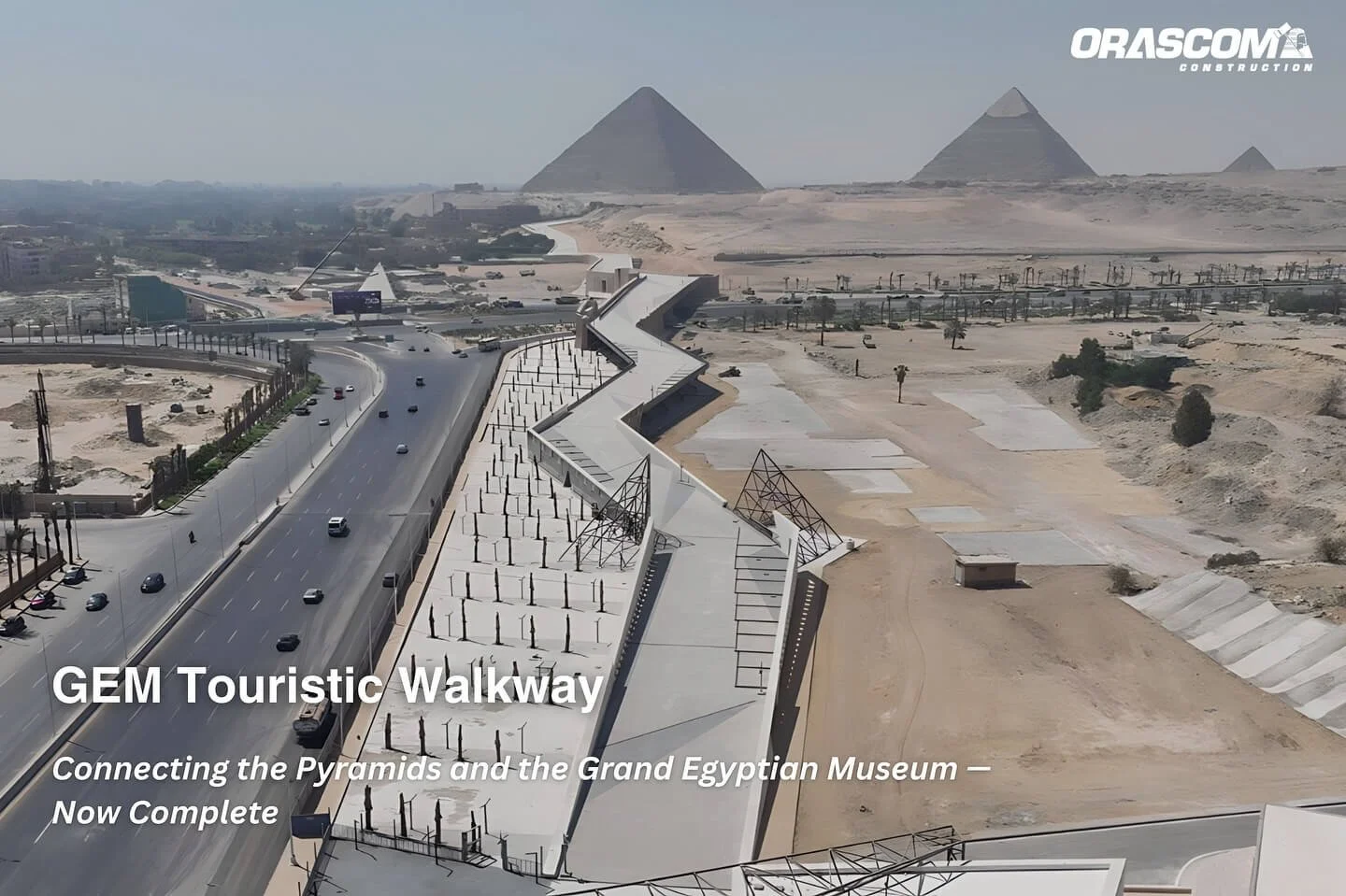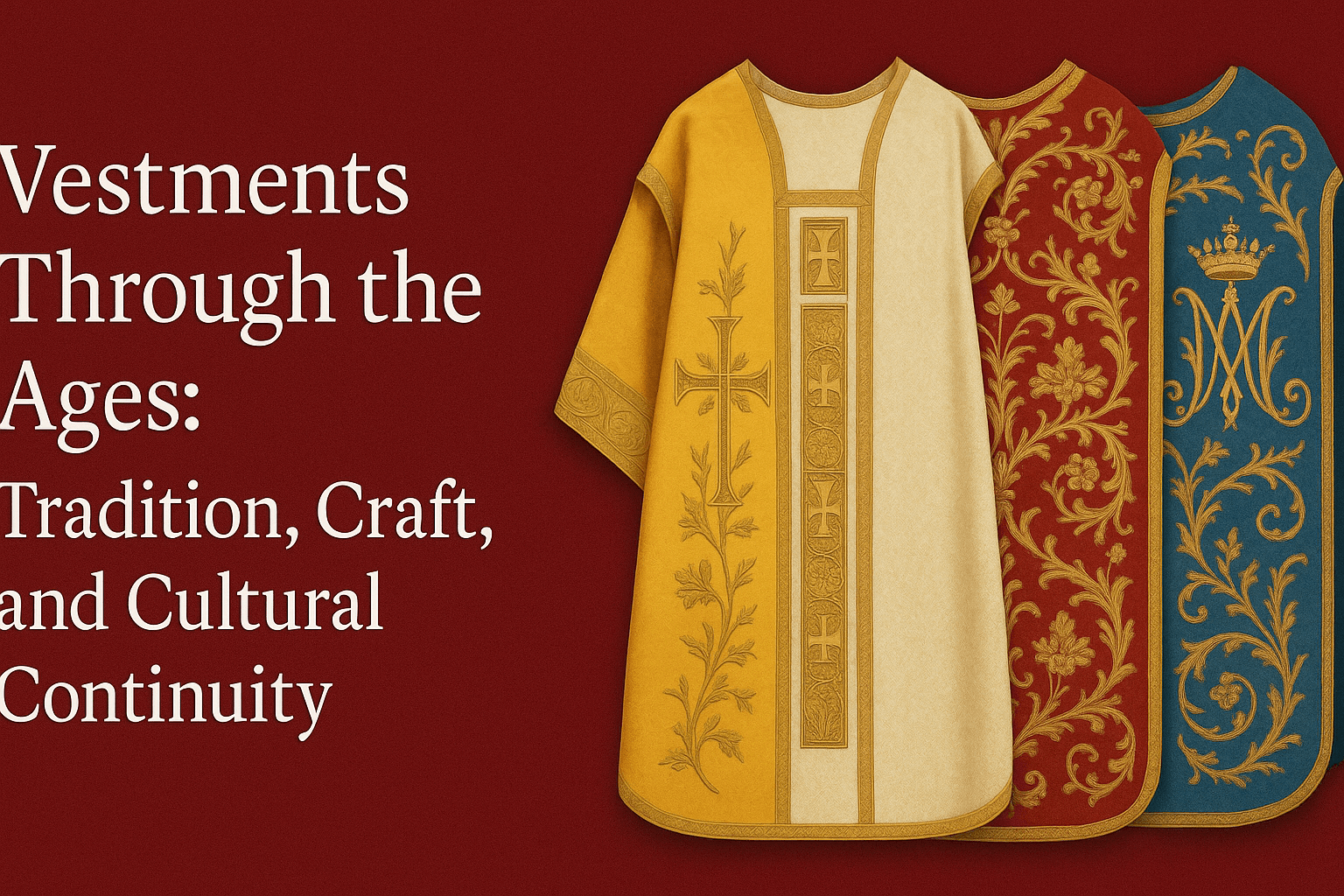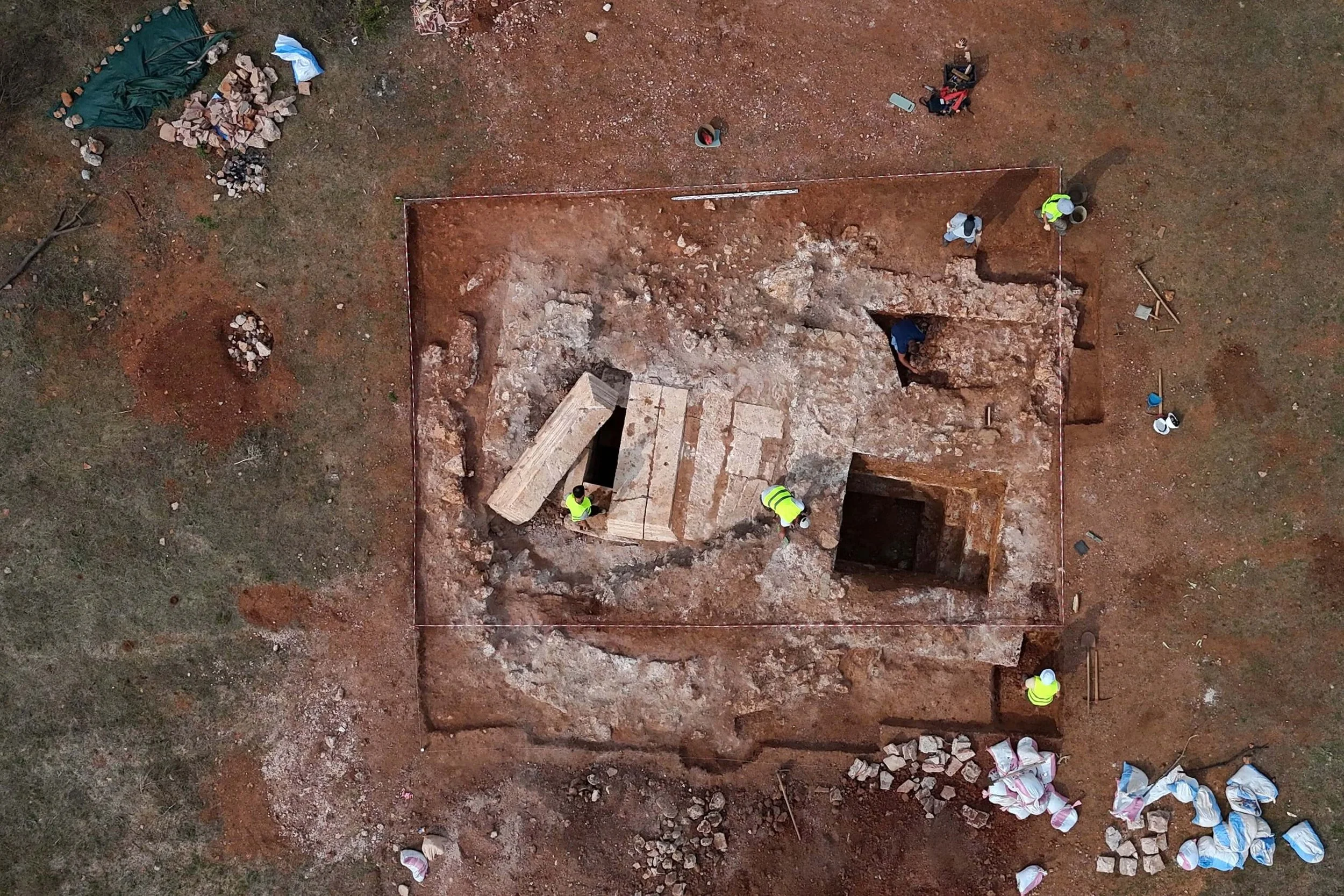Among the many wonders of the ocean, few stories captivate the imagination as much as that of a fish once believed to have vanished from the Earth. For decades, scientists assumed this prehistoric creature had long since disappeared—until an astonishing discovery challenged everything we thought we knew about marine life.
A Surprising Find That Reshaped Science
Before 1938, the coelacanth was considered a textbook example of an extinct species, with origins tracing back more than 400 million years. Experts believed it had vanished from the fossil record 65 to 70 million years ago.
That assumption crumbled when a 32-year-old museum curator in East London, South Africa, examined an unusual specimen brought in by a local fisherman near the Chalumna River. The fish didn’t resemble any known species she was familiar with.
Intrigued, she reached out to Professor James Leonard Brierley Smith of Rhodes University for guidance. Upon examining the fish, Smith confirmed what seemed impossible: it was a living coelacanth.
This groundbreaking rediscovery reshaped zoology, highlighting the gaps in the fossil record and revealing how some species can persist in near-complete obscurity.
A Fish Out of Time
For scientists, the coelacanth became a prime example of what is known as a "Lazarus taxon"—a species that seemingly disappears, only to reemerge unexpectedly.
One of the most memorable moments from this discovery was the urgent telegram Smith sent upon confirming the fish’s identity: "Of utmost importance – Preserve skeleton and gills = Description of fish."
Few could have anticipated the impact of these words, but they signaled the return of a species thought lost to history.
More than a decade passed before another coelacanth was found. In 1952, two fishermen near the Comoros Islands accidentally caught a second specimen, reigniting scientific interest. Then, in the 1990s, researchers identified a second species near the Indonesian archipelago.
The two known species today are:
The West Indian Ocean Coelacanth (Latimeria chalumnae)
The Indonesian Coelacanth (Latimeria menadoensis)
A Unique Survivor
The coelacanth stands apart due to its distinctive, lobed pectoral fins, which scientists believe represent an evolutionary link to the first vertebrates that ventured onto land. These fins move in an alternating pattern, allowing the fish to navigate the ocean floor with remarkable agility.
Unlike most fish, the coelacanth also possesses an unusual hinged skull mechanism, once speculated to play a role in its feeding behavior.
Its mottled coloration blends seamlessly with rocky underwater environments, providing natural camouflage in the deep-sea habitats it calls home.
Its slow metabolism and ability to retreat into volcanic cave systems during the day may also explain how it has survived relatively unchanged for millions of years.
A Connection to Land-Dwelling Creatures
The coelacanth belongs to the group Sarcopterygii, or lobe-finned fishes—a category that includes lungfish and the ancestors of amphibians, reptiles, and mammals.
Certain skeletal features, such as its sturdy, limb-like fins, suggest a close relationship with early vertebrates that eventually adapted to life on land.
Fascinatingly, some researchers believe that the coelacanth's rostral organ—located in its snout—may detect electrical signals from prey, a trait that parallels hunting strategies seen in other lobe-finned species. This adaptation underscores the deep evolutionary connections between aquatic and terrestrial life forms.
A Masterclass in Adaptation
Unlike many species that continuously evolve to meet new environmental pressures, the coelacanth has persisted by remaining in a stable, deep-sea niche where competition is minimal.
Scientists marvel at how this species has endured without significant changes, thriving in isolation while much of the world around it has transformed.
While some refer to it as a "living fossil," the coelacanth is more than just a relic of the past—it is a testament to survival against the odds.
Its discovery serves as a reminder that the deep ocean remains one of Earth’s last frontiers, possibly harboring other species long presumed extinct.
What Lies Beneath?
Researchers continue to study the coelacanth, hoping to unlock more secrets hidden in its biology. Every new observation enriches our understanding of marine evolution and adaptation.
Some speculate that further exploration of the ocean’s depths may reveal additional surprises—species waiting to be rediscovered in the shadowy corners of the underwater world.
Stability and Survival in an Ancient Habitat
The coelacanth’s deep-sea environment has remained remarkably unchanged for millions of years, providing a refuge from the ecological shifts that have driven many species to extinction.
Its slow-paced lifestyle, combined with a low metabolic rate, allows it to survive on limited food resources, demonstrating how nature’s most resilient species often endure through efficiency rather than rapid adaptation.
A Story That Continues to Inspire
The rediscovery of the coelacanth challenges our assumptions about extinction and evolution. It reminds us that life finds a way, even in the most unexpected places.
For scientists, conservationists, and explorers alike, this extraordinary fish continues to spark curiosity and wonder—an ancient survivor, still gliding through the depths, defying time itself.







































